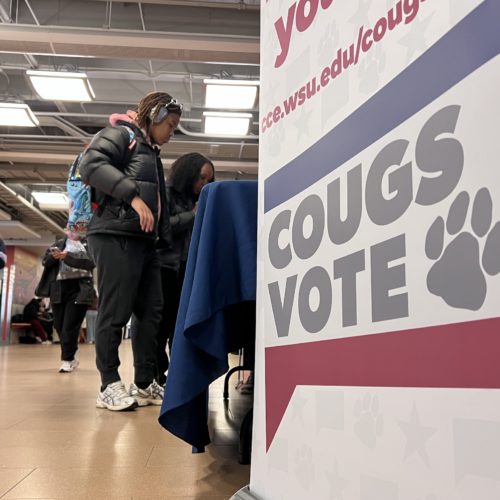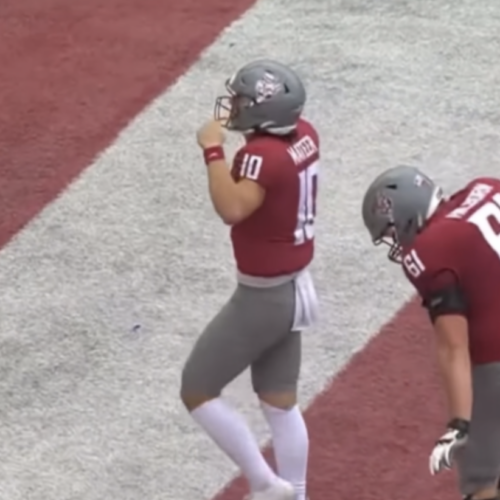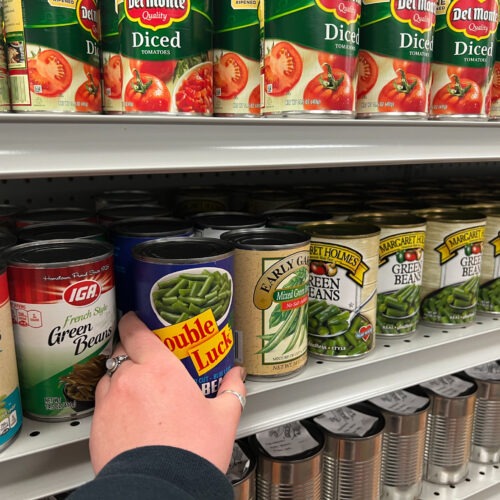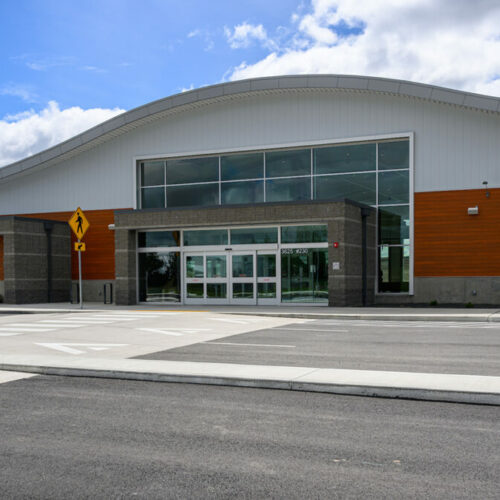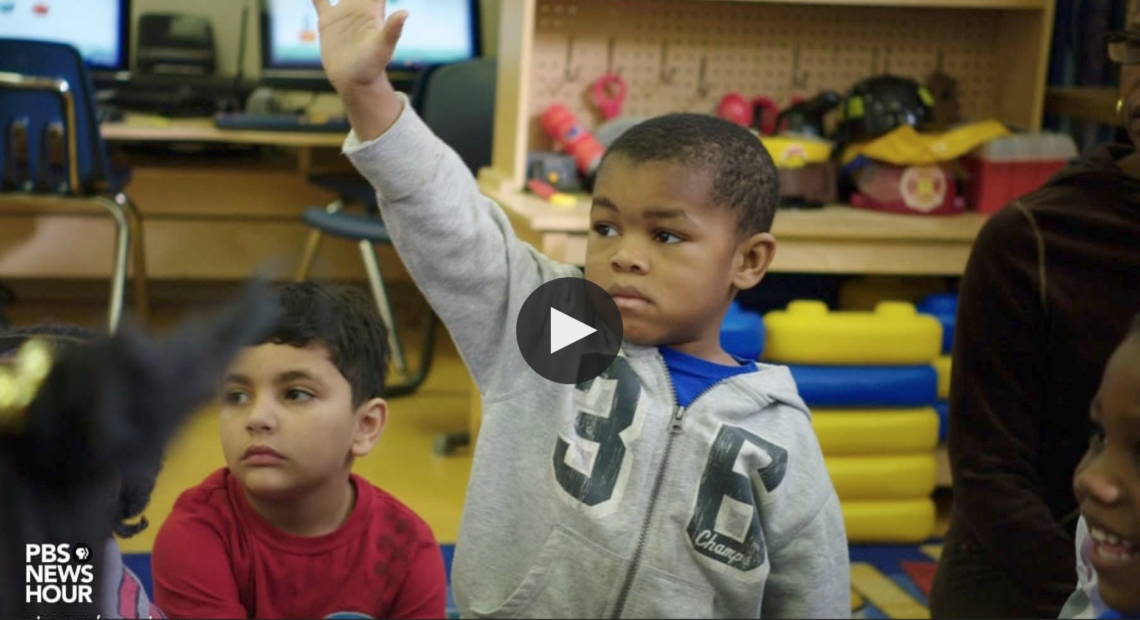
Why Teachers Need Support To Spur Preschool STEM Education
Full Transcript
Read the Full Transcript
Judy Woodruff:
One of the major movements in American education now is to get more students engaged and learning when it comes to science, technology, engineering and math, often referred to as STEM.
Hari Sreenivasan has a report from Chicago on efforts to boost science learning among some of the youngest students by boosting teacher confidence, for our weekly segment Making the Grade.
Teacher:
Who had fun?
Students:
Me!
Hari Sreenivasan:
Anyone who’s spent time with 3-, 4-, and 5-year-olds knows children at this age ask a lot of questions.
Preschool teacher Edward Marshall–
Edward Marshall:
Kids are very persistent. And when they look at me, they want Mr. Marshall to have all the answers. Any question they ask me, they want me to have the answer to it.
Edward Marshall:
OK, where is my good listeners?
Hari Sreenivasan:
Marshall, who leads a Head Start classroom in Chicago, says the children’s unrestrained curiosity can sometimes make him feel anxious about teaching certain subjects, like science.
Edward Marshall:
I feel I don’t want to fail them. I don’t want to let them down.
Hari Sreenivasan:
Marshall is not alone. A recent study from Michigan State University found that a majority of preschool teachers experience the same discomfort teaching science.
Edward Marshall:
I will focus more on reading and not really look at science, because I thought it was complicated.
Odaisha McBroom:
I’m not good with the science. I’m just uncomfortable with it.
Tina Smith Miller:
I wasn’t a big science person. I remember biology in high school, but that’s about it.
Hari Sreenivasan:
With only 38 percent of the nation’s fourth graders testing proficient in the sciences, some educators are looking to the preschool years begin addressing the problem.
Here, at the University of Chicago, experts in science, technology, and math are partnering with local child care centers to boost teacher confidence.
Liesje Spaepen:
We hear all the time teachers go into early education to avoid math and science courses themselves.
Hari Sreenivasan:
Liesje Spaepen and Liz Lehman from the University of Chicago’s STEM Education Center say that when teachers feel uneasy about a subject matter, it can leave a powerful impression on students, even at an early age.
Liesje Spaepen:
If you’re afraid of it, if you have anxiety around a topic, you’re very unlikely to want to teach it to your students as well.
The problem is, anxieties like that gets passed down. If I’m anxious about something, my students see that in me, they think there must be a reason to be anxious about this.
Hari Sreenivasan:
Lehman and Spaepen have been coaching preschool teachers from Chicago’s Austin neighborhood, where students from low-income families are at a greater risk of falling behind in science and math.
Odaisha McBroom:
We’re going to see what things can roll down this ramp, OK? Can you say the word ramp?
Students:
Ramp.
Hari Sreenivasan:
At Channing’s Childcare Academy, teacher Odaisha McBroom introduced a ramp while the coaches observed.
Odaisha McBroom:
Let it go. Now, what did it do?
Hari Sreenivasan:
The exercise allowed teachers to use a simple activity to teach physics.
Odaisha McBroom:
What’s that word I’m looking for? It’s doing something.
Odaisha McBroom:
Roll.
Liz Lehman:
This is really getting into some of those physical science concepts. We’re talking about things like gravity and friction. What do I notice when I send something down a ramp? Some of them will slide. Some of them will roll. Some of them will not move at all.
Odaisha McBroom:
Now, what you going to have to do to make it move? You got to push it, right? So, if you push it, is it going to slide down?
Student:
No.
Odaisha McBroom:
They were curious. They wanted to see what’s going to happen. That’s what — they love to know what’s going on.
Hari Sreenivasan:
Later in the day, Lehman and Spaepen observed children who gathered around a water tank at Betty’s Day Care Academy to test which objects sink or float.
Tina Smith Miller:
When you put it in the water, what do you think is going to it?
Student:
It’s going to float.
Tina Smith Miller:
What did it do?
Student:
It float.
Tina Smith Miller:
It float, yes.
Liesje Spaepen:
The science content there is around density and properties of water and properties of materials. We aren’t expecting children to learn the word density, were you just want 3-year-olds to have those experiences to draw on.
If you can say, oh, yes, I remember this when I was a little kid, I dropped things into the water and some floated and some didn’t, oh, that’s density.
Edward Marshall:
It’s going to float.
Hari Sreenivasan:
Even with this simple activity, the teachers had moments of doubt, like when Marshall realized he didn’t fully understand the properties of the materials.
Edward Marshall:
I wanted them to stick their hand in the bag and then ask, what do you think it’s made out of? And when I got to that part, I’m like oh, my God, I don’t know what this is.
Hari Sreenivasan:
Later, he talked to the coaches about his insecure feelings.
Edward Marshall:
Some of the objects, I didn’t know what they were made of, so I was kind of thinking of, should I ask that question?
Liesje Spaepen:
I’m a big believer that it’s OK for teachers to say they don’t know something. You know what, you guys? I don’t know. We will have to investigate this, right? That’s OK.
Tina Smith Miller:
So, I have a question.
Liesje Spaepen:
Yes.
Tina Smith Miller:
Why didn’t the branch sink?
Hari Sreenivasan:
Marshall’s teaching partner, Tina Smith Miller, had science questions of her own.
Tina Smith Miller:
The kids were saying it was going to float. I thought it was going to sink. I didn’t tell anybody I didn’t know the answer either. I was keeping it to myself.
Liesje Spaepen:
It’s not an easy shift for teachers to make. It’s something you feel as if you should know the answers to these things when kids ask you.
Hari Sreenivasan:
The university coaches do not teach science. Instead, the goal is to promote science inquiry.
Liesje Spaepen:
If you feel uncomfortable about the answers, about giving the answers, or finding the answers, you’re going to avoid those questions.
What we always tell teachers is, use those opportunities. It’s OK if you have to say, let’s figure this out together.
Edward Marshall:
They gave me the courage to ask more questions, and it wasn’t a wrong answer, or I didn’t feel silly or scared or afraid. So, I think they helped me be more courageous.
Tina Smith Miller:
I learned a lot about exploring, finding things out, doing a lot of investigating. We had a lot of trial and error.
Odaisha McBroom:
I should have learned it a long time ago. But I’m so glad that we got involved in this program, because I say, OK, I need some help on that. Everything else, I got it. This, I didn’t have.
Hari Sreenivasan:
The teacher coaches hope to expand their early learning project in the coming years.
In Chicago for the PBS NewsHour, I’m Hari Sreenivasan.
Related Stories:

Trump’s Taxes, Birth Control, ‘Faithless Electors’ Headline Supreme Court’s Historic Phone Arguments
During historic telephonic arguments this week and next, the U.S. Supreme Court will take up major challenges involving access to President Donald Trump’s financial records, birth control health insurance, “faithless electors” in presidential elections and the constitutionality of the federal ban on robocalls, among others.
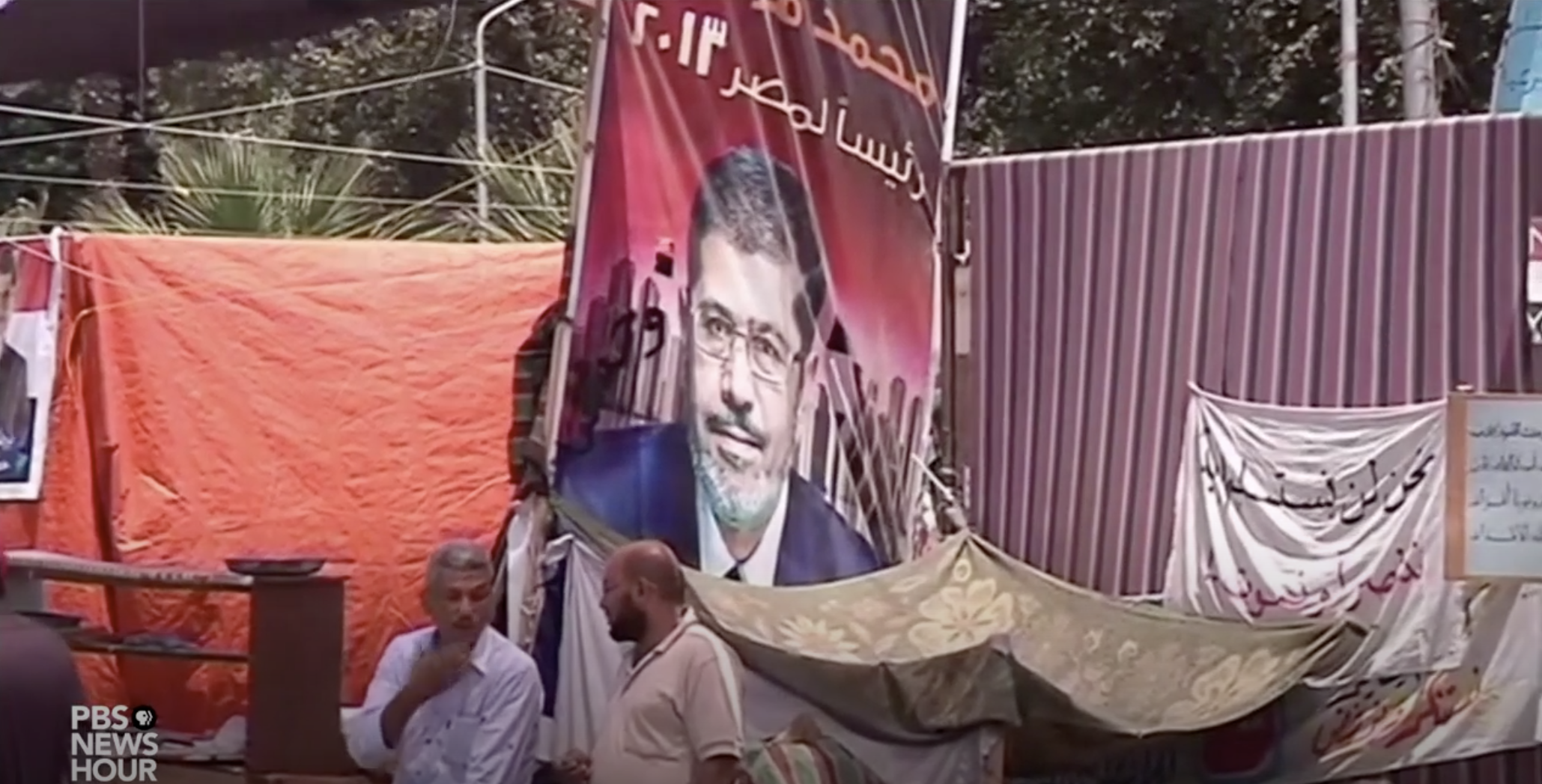
What Happened To Egypt’s Hope Since The Arab Spring?
Five years ago, Egyptian security forces opened fire on a protest tent city in Cairo, killing at least 800. What led to that day was an extraordinarily tumultuous few years in Egypt: the Arab Spring, the coming to power of a Muslim Brotherhood president, a coup, and the emergence of a new soldier strongman. Nick Schifrin talks with “Into the Hands of the Soldiers” author David Kirkpatrick.

